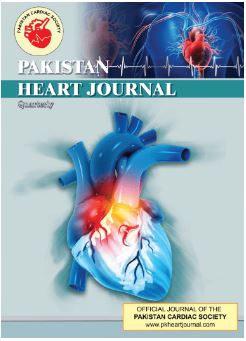Cancer Associated Fibroblasts (CAFs) –The Influencers of Oral Squamous cell carcinoma & its microenvironment
Main Article Content
Abstract
The tumor microenvironment (TME) is composed of cells from endothelial, mesenchymal, and hematopoietic origins embedded in a complex extracellular matrix (ECM), and these components of TME enter into a dynamic crosstalk with tumor cells, resulting in an environment suitable for tumor growth. Different alterations such as angiogenesis, hypoxia, ECM remodeling, interstitial pressure, metabolism changes have received recent attention as key determinants of the TME modifying cancer cell behavior and disease progression, with potential clinical applications. Among the stromal cells, activated fibroblasts(myofibroblasts) are present and they share similarities with activities of the wound healing process.
Myofibroblasts of solid tumor TME are referred to as Cancer associated fibroblasts(CAFs) and they play a critical role in the complex process of tumor cell-stroma interaction. (1,2,3)
Studies have shown that CAF-rich OSCC are associated with significantly shorter patient survival & therefore, the best independent risk factor of early OSCC death was high stromal α-SMA expression as, CAF promote many “hallmarks of malignancy”.(4,5)
CAFs create “tracks” in ECM through which tumour cells invade and are led by CAF. CAF-tumour cell communication via exosomes and reciprocal paracrine interaction, neo-angiogenesis & tumor immune evasion further enhances tumor progression. CAFs help the cancer cells to travel to distant site through metastatic pathways by inhibiting anoikis (A protective mechanism against invasion and metastasis) of tumor cells.(6)
CAFs have been proposed to modulate the drug sensitivity of cancer cells.(7)
Researchers are unpicking CAF complexity and there is great optimism in the field that effective CAF-targeted therapies.
Keywords: Tumor microenvironment(TME), Epithelial-mesenchymal transition(EMT) , Cancer associated fibroblasts(CAFs), myofibroblasts, Extra-cellular matrix(ECM)
Article Details

This work is licensed under a Creative Commons Attribution-NoDerivatives 4.0 International License.

